👉 Find out about The Open University's Geography courses. 👈
Welcome to the Introduction to the Change in the West of Ireland collection.
Introduction: Uniqueness, interdependence, uneven development
and change in the West of Ireland
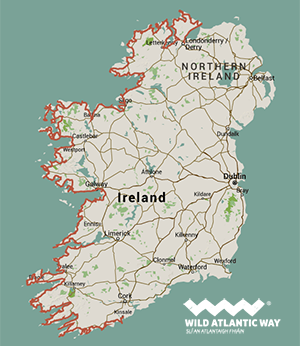
The 2575 km Wild Atlantic Way, one of the longest defined coastal routes in the world, offers tourists the opportunity to experience the dramatic and picturesque scenery of the West coast of Ireland.
Its designation has been a successful attempt to harness the economic potential of this unique landscape.
But the attractive landscape of the West coast of Ireland and its cultural wealth - particularly as home to one of the last locations where Irish (Gaeilge) struggles to survive as the main daily language - have however often co-existed with and been counterbalanced by a history of rural poverty and social decline.
So, while travellers from all over the world enjoy coming to this ‘remote’ location, that same ‘remoteness’ has also resulted in another type of connection to the wider world as many locals have emigrated in search of employment opportunities.
In the following collection of articles, we explore the question:
How can unique and distinctive regions, like the West of Ireland,
retain the qualities that make them unique while continuing to
modernise and interact with the wider world?
You can navigate through this collection of articles by using the menus and links at the bottom of each page. An overview of the entire series is available at the bottom of this page.
These articles draw on the work of Dr Pat Jess from The Open University Geography Department who looked at the West of Ireland in the early 1980s for an Open University course ‘Changing Britain, Changing world: geographical perspectives’. The course was studied by Open University students between 1985 and 1995. The collection of articles uses the course materials to give an overview of issues past and present in the West of Ireland and provide a snapshot of changes to aspects of economy and society in two Irish case study areas first looked at by Pat Jess in 1983: the area around Glencolmcille in Southwest Donegal and the coastal town of Killala in Northeast Mayo.
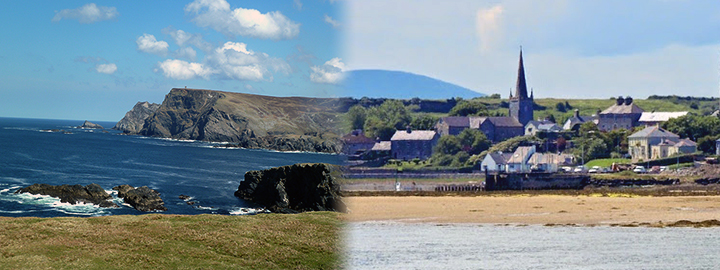 Glencolmcille (left) and Killala (right)
Glencolmcille (left) and Killala (right)
From past to present
In 2015 the authors revisited the areas previously studied, updating the stories and applying additional layers of analysis to explore these locations in the present. By working through these articles you will discover that some interdependencies lead to uneven development and explore how this uneven development has both persisted and changed over time.
When revisiting the study areas in 2015, we found that many of the key issues that were being debated 30 years ago - such as employment, emigration and loss of identity - still persisted, even despite major changes in the intervening years. For example, in the 1980s the rural West of Ireland was connected, or rather disconnected, with the rest of Ireland and the world by poor telephone services; today, limited broadband availability is a major issue. While details may have changed, the fundamental issues of communication and connectivity remain the same. Rural areas, which are seen by city dwellers as ‘remote’ or ‘peripheral’, must try to utilise their resources effectively in order to be economically sustainable and compete in a global marketplace for jobs. Especially in times of recession, this can result in economic arguments that employment takes precedence over other concerns such as the environment, culture or heritage.
In this collection, you will also explore the important role played by community groups, both then and now, in shaping their environment. Perhaps the stories from counties Donegal and Mayo, both in past experiences and current developments within these relatively isolated rural communities, can inspire other communities in their efforts to understand their place in a world of uneven development and change.
Synthesis, Layers, Uniqueness and Interdependence - a conceptual toolkit
To inform the revised study of these issues and geographical case studies, we will be employing three analytical tools – think of them as a ‘conceptual toolkit’ as you work through the articles. These ‘tools’ are:
Synthesis involves understanding the relationship between different analytical aspects both at one point in time and in terms of how they change over time. It involves more than just the sum of its parts. Read more about Synthesis as a way of understanding the changing uniqueness of rural Ireland here.
Layers help us to understand how change takes place. One historical period is the context in which new processes operate. Each happening (e.g. emigration) is affected by and affects a particular place differently. Layers are different combinations of characteristics that are new and specific and never quite the same as somewhere else. They can be seen at different scales, including regional and local level. Read more about layers and how they work with synthesis in the next part of this article.
Although similar processes are experienced in many places, these places do not all become the same. Uniqueness arises from the different way in which these elements combine together and merge. This involves constant construction and re-construction of place, because these processes are occurring in the context of what was already there – the past geography of a place affects the present pattern.
At the same time, it must be recognised that the complex of changing patterns, out of which uniqueness is constructed, involves changing sets of interdependencies between one place and the world beyond.
The interaction between uniqueness and interdependence can help us to understand uneven development.
Key questions
These articles will help you to understand the geography of particular places - two peripheral areas in the West of Ireland - by asking:
- How does the distinctive character of an area represent a synthesis of different elements and processes: traditional and modern; local and external; political, economic, cultural and environmental?
- How has the local uniqueness of an area been constructed and reconstructed within wider social contexts and changing interdependencies with other areas?
- How are the issues discussed in these articles relevant today, not only for Northeast Mayo and Southwest Donegal but also for other peripheral areas in Ireland and Britain?
Learning Outcomes
By engaging with this collection of articles, you will be able to:
- Recognise how the different elements of society are linked together in any one particular place
- Apply the method of synthesis to explain how places in rural Ireland retain their uniqueness within evolving systems of interdependence
- Recognise how links between places are part of wider geographical patterns
- Identify how uneven development in the West of Ireland has both persisted and changed over time
- Apply the geographical concepts of uniqueness and interdependence of place to other locations with which you are familiar.
Acknowledgements
-
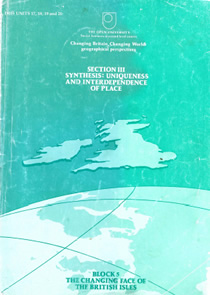 Jess, Pat. (1985) ‘ Unit 17 Local Change in the West of Ireland’ , in The Open University (1985) D205 ‘The Changing Face of the British Isles’, Milton Keynes, The Open University Press.
Jess, Pat. (1985) ‘ Unit 17 Local Change in the West of Ireland’ , in The Open University (1985) D205 ‘The Changing Face of the British Isles’, Milton Keynes, The Open University Press. -
Anderson, J., Jess, P. and Morris, E. (1985) ‘TV08 and TV09 Southwest Donegal Introduction to the Programmes’, in The Open University (1985) Changing Britain, Changing World: geographical perspectives, Broadcast Handbook, Milton Keynes, The Open University Press.
-
Jess, P. (1985) ‘TV08 Southwest Donegal: Tradition and Change’, in The Open University (1985) D205 Changing Britain, Changing World: geographical perspectives, Broadcast Handbook, Milton Keynes, The Open University Press.
-
Anderson, J. (1985) ‘TV09 Southwest Donegal: Industry and Culture’, in The Open University (1985) D205 Changing Britain, Changing World: geographical perspectives, Broadcast Handbook, Milton Keynes, The Open University Press.
-
Massey, D. and Allen, J. (eds) (1984) Geography Matters!, Reader for D205 Changing Britain, Changing World: Geographical perspectives, Cambridge / Milton Keynes, Cambridge University Press/ The Open University.
-
‘TV08 Southwest Donegal: Tradition and Change’ (1985) D205 Changing Britain, Changing World: Geographical perspectives, Milton Keynes, The Open University.
-
‘TV09 Southwest Donegal: Industry and Culture’, in The Open University (1985) D205 Changing Britain, Changing World: geographical perspectives, Broadcast Handbook, Milton Keynes, The Open University Press.
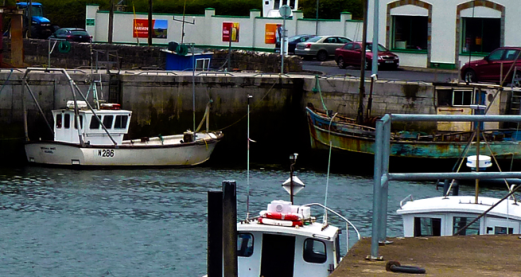
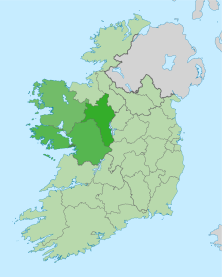
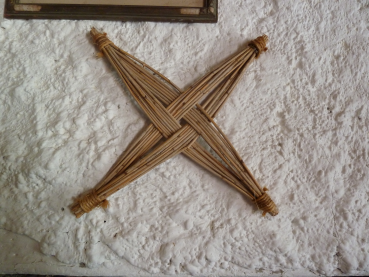
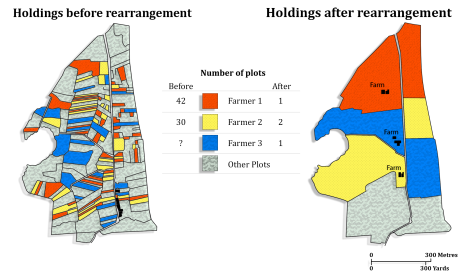
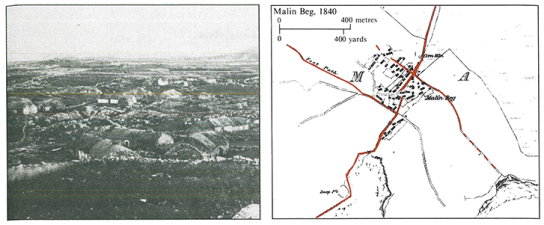
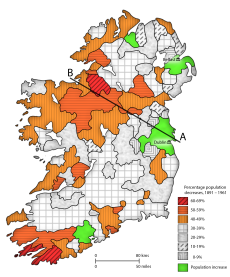
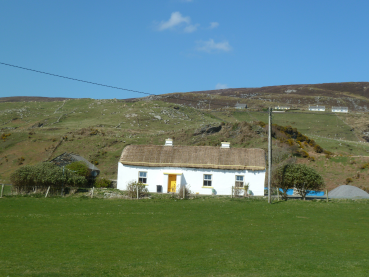
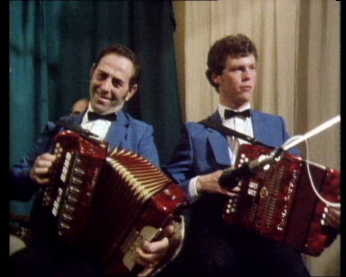
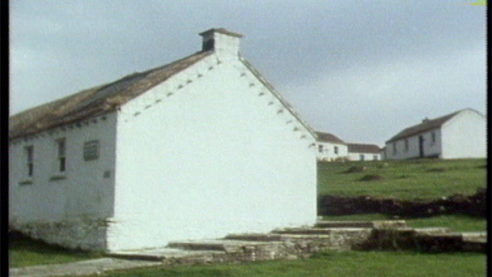
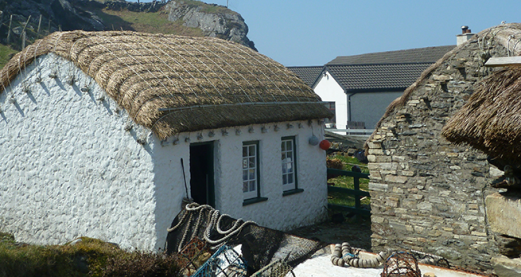
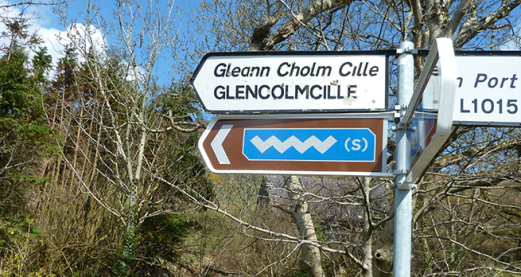
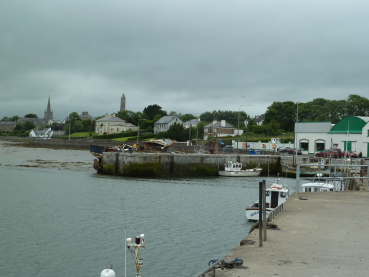
Rate and Review
Rate this article
Review this article
Log into OpenLearn to leave reviews and join in the conversation.
Article reviews